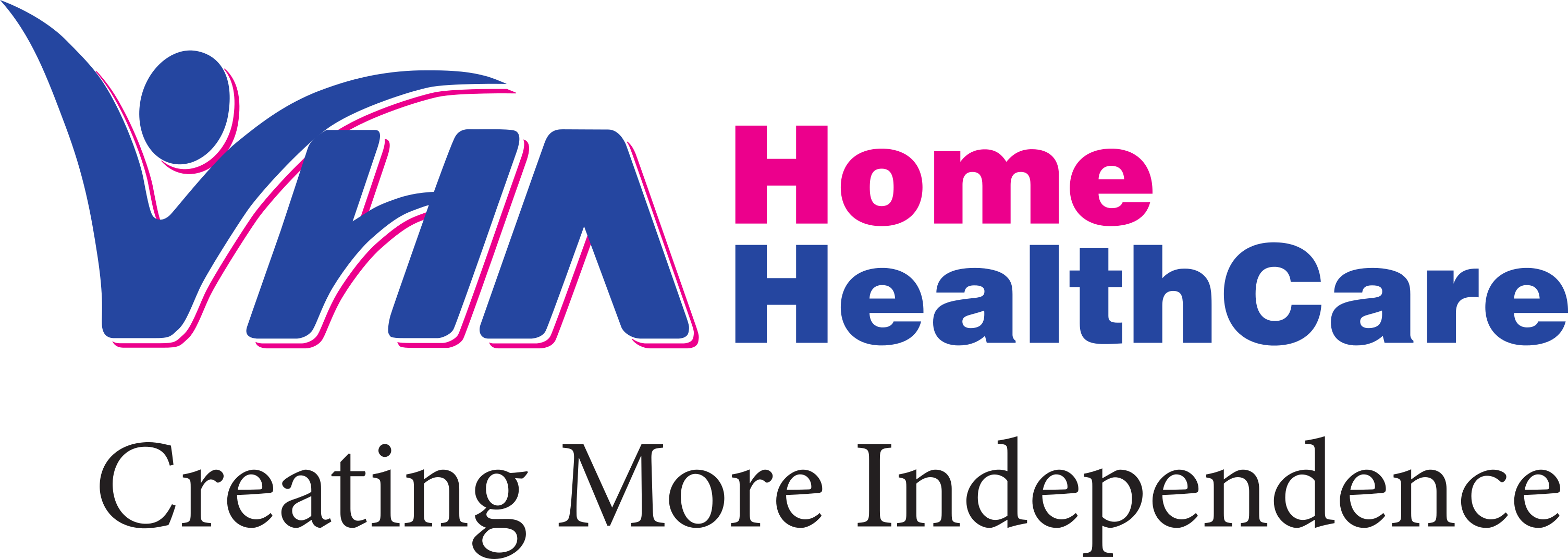Personal Support Worker Ergonomics in Home Care
What's the challenge?
Health care workers who assist with personal care provide 70-80% of paid home care in Canada. Unfortunately, they experience job-related (occupational) injuries at more than twice the rate of the average workers. Most commonly, these are musculoskeletal injuries related to client handling. Understanding of how these injuries develop is limited by difficulties in observing home care work. Providers usually work alone in client homes, where direct observation is limited by privacy and logistical concerns.
What have we done?
The goal of this project is to identify and clearly (quantitative) describe the elements of home care providers’ work that contribute most to their risk of musculoskeletal injury. To do this, we must first develop a way to measure their risk exposures as they provide regular client care. The system we have developed uses wearable motion sensors (IMUs) to track how providers move, combined with a sensor that measures their energy expenditure as they provide care. These measurement tools only collect information about the provider, not about the client or their home. Surveys and an interview with the provider will provide context for the quantitative movement and energy expenditure data recorded during the care visit.
What have we found?
We are currently validating our tools and are looking forward to starting our main study in 2020. Preliminary results show that our pose estimation system will estimate postures with good accuracy.
